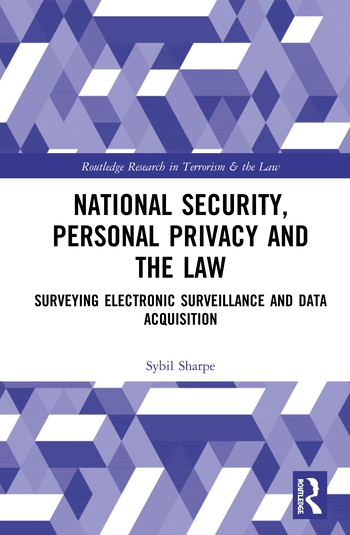Webinar Review: The Active Shooter within a K-12 Campus Setting: Law Enforcement and Campus Administrator Response Dynamics

From 1971-2012, there have been more than 120 school shootings, and 279 people have lost their lives in those shootings, including students, administrators, teachers and staff. K-12 schools accounted for 82 of those school shootings.
More than 1 million students rely on the Los Angeles School Police Department every day to ensure they have a safe learning environment. But when active shooter and school violence incidents dominate headlines, it’s up to the whole school district to boost security measures and take action, either in drills, training, technology or procedure.
According to Steve Zipperman, Chief of Police for the Los Angeles School Police Department, and Timothy Anderson, the Deputy Chief, the Sandy Hook Elementary School did most was mostly on-target for school security – their law enforcement and school safety tactics were sound and viable, but active shooter incidents continue to occur.
Additionally, the average law enforcement response time is 10 minutes, but average active shooter incidents last between five and eight minutes. The goal of this webinar is to give school security personnel and administrators the tools to devise plans and programs for students and staff to hold on and stay safe until law enforcement can arrive.
Five lessons from this webinar and presentation include:
1. Identify steps to improve pre-incident preparation and threat assessment
2. Identify the difference between a Lockdown situation and an Active Shooter scenario
3. Identify steps necessary to effect a rapid relocation
4. Identify expectations and law enforcement response during an active shooter event
5. Identify next steps to improve campus safety and security.
To learn more about these steps, as well as drills, public-private partnerships, tabletop exercises and best practices, please view the archived webinar at webinars.securitymagazine.com or webinars.sdmmag.com
Looking for a reprint of this article?
From high-res PDFs to custom plaques, order your copy today!








